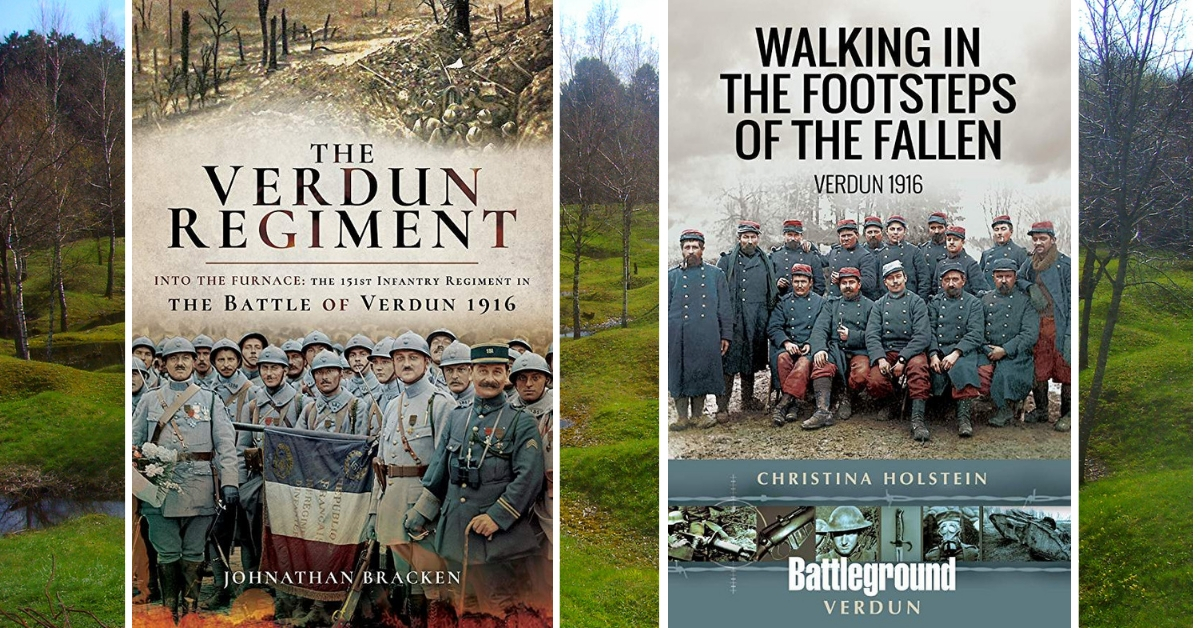I regret I have never ventured far into reading about the Eastern Front of World War One, in part because it seems so distant, but mainly because I was drawn to learn about the war in the West, at sea, in the Mediterranean and in Africa.
I’ve walked a lot of battlefields from Gallipoli to Flanders and the Dolomite mountains and I’ve read enough books to fill a shipping container. I count myself fortunate to have made two visits to Verdun, a series of battles, I suppose, that mirrors Stalingrad in World War II to a great extent.
There is some essential reading and top of the pile for many is Alistair Horne’s classic The Price of Glory, one of those ‘must have’ books written over fifty years ago which should be a starting point for any military history buff.
I’ve enjoyed more recent French army themed work by Ian Sumner and, best of all, spent time on the battlefield with the peerless Christina Holstein (more of whom later).
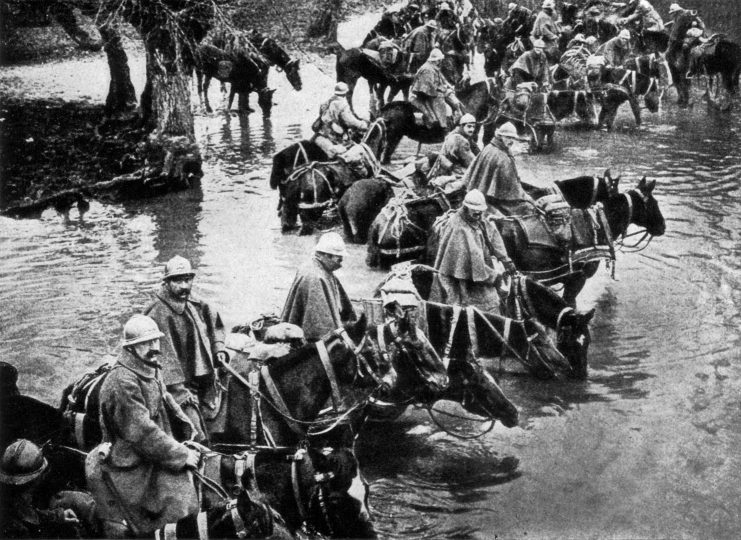
This book by Johnathan Bracken records the experience of the 151st Infantry Regiment, who were, on the face of things, just another typical unit within the huge juggernaut that was the French army.
The regiment’s name appears on the roster of the major battles of the Great War, from the costly Battle of the Frontiers in 1914, to First Marne, the Aisne, the Argonne and Champagne in 1915, the Somme in 1916 and the disastrous Nivelle Offensive of 1917.
But it is at Verdun that the regiment walked through fire for France, rotated in and out of the Furnace where hundreds and hundreds of men were lost.
Mr Bracken brings us accounts from a number of men – junior officers, NCOs and privates; who recorded their experiences of Verdun and other battles.
see how the regional character of the regiment, one of a number based in Verdun in peace time, was utterly transformed by the decimation it faced on the banks of the Meuse.
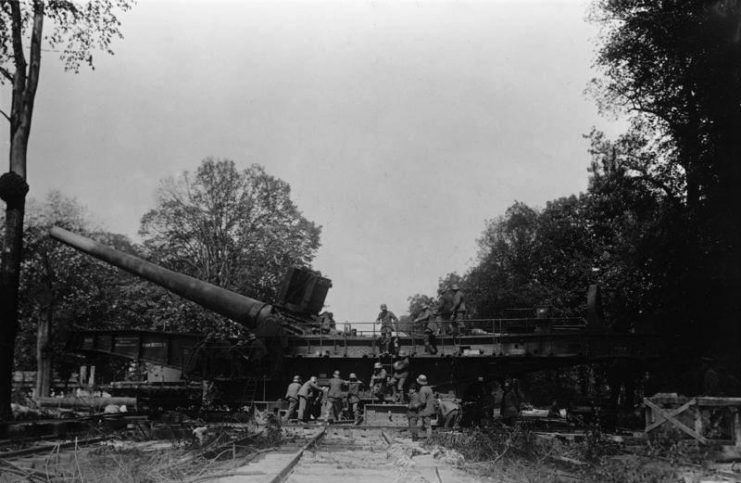
The German high command planned the battle to be the route to victory. A threatened breakthrough at Verdun would draw in more and more Frenchmen to be destruction, until their losses were so immense the country would ask for peace.
While there is plenty of evidence the Germans were also seeking a breakthrough for conventional reasons, the idea that France would be ‘bled white’ at Verdun took hold in German minds, but they were not prepared for the disastrous losses they would suffer in the process, themselves.
The book recounts the horror of intense artillery bombardments and men mown down in great waves. None of this is particularly pretty and the accounts do much to scatter notions of war as a glorious, thrilling experience. It was vicious and brutal utterly cruel.
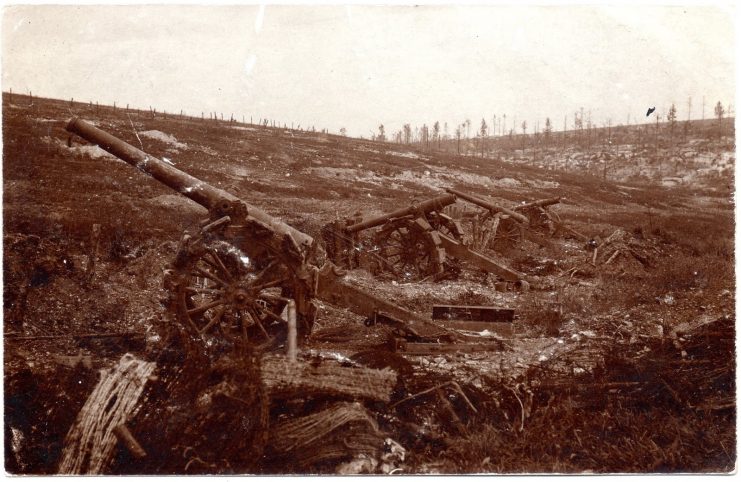
This excellent book offers a sobering reminder to revisionists that there was none of the myth of futility fostered by British writers and commentators long after the war. For France the war meant much more. It was a war to repel the invader and to restore the gloire. It was a war to expunge the shame of 1870, to rewrite the wrongs inflicted by Prussia. It was a war to reset the order of things with a victorious France in the ascendant over the old enemy. There would have to be sacrifices. Verdun was the place for all this.
The human cost is there to be seen on the battlefield walks set out by Christina Holstein in this, her latest guide to the vast battlefield of Verdun.
The writer has spent years walking the trails and paths of Verdun, building an immense knowledge of the people, the history and the topography of France’s Armageddon. I have had the pleasure of attending talks given by Christina and gained much from a week walking the battlefield with her.
My group of Essex boys think the world of her and she put up with quite a bit from my crew of party animals who would walk all day and hit the bars until late (there are a couple of brilliant watering holes on the waterfront in Verdun).
This is all very well, but it has to be balanced with understanding just what a fine historian the author is. I make this her fifth book revealing the secrets of the battlefield.
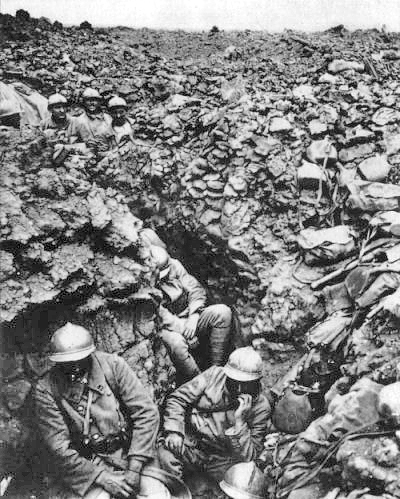
This volume follows the model of many a predecessor in the series – offering a mix of history, route planning and practical advice on how to get the most out of the battlefield.
Even if you never intend to visit you can learn much from the history while using the maps to get an understanding of the scale of things. All in all you have nothing to lose, but I really would find your way there and see just what a stunning battlefield there is at Verdun.
I’ve not been to Gettysburg yet, but imagine it compares for scale and drama, not unlike Gallipoli – unforgettable places from history not to be missed.
I’ve loved the Somme for many years and there are parts of Normandy that have a mythical aura. Waterloo is glorious; but for sheer scale there is nothing I have seen quite like Verdun. These books do much to help understand why.
Reviewed by Mark Barnes for War History Online.
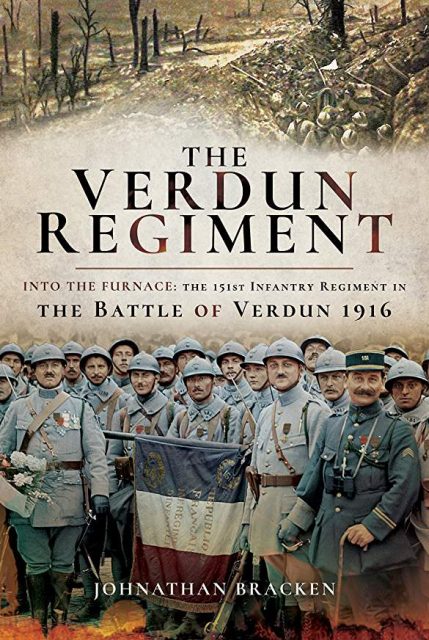
THE VERDUN REGIMENT
Into the Furnace: The 151st Infantry Regiment in The Battle of Verdun 1916
By Johnathan Bracken
Pen & Sword Military
ISBN: 978 1 526710 29 1
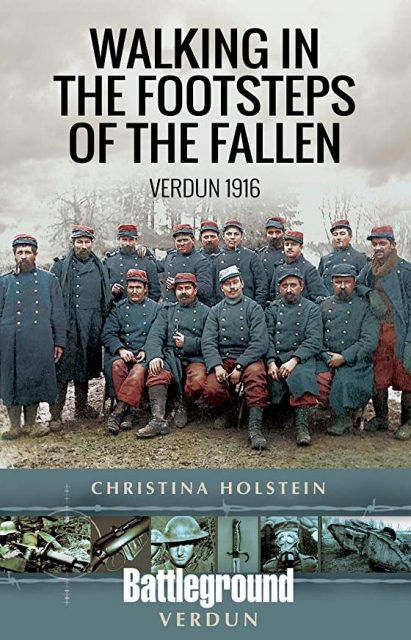
WALKING IN THE FOOTSTEPS OF THE FALLEN
Verdun 1916
By Christina Holstein
Pen & Sword Military
ISBN: 978 1 526717 04 7
Another Article From Us: The $12 Billion Aircraft Carrier USS John F Kennedy Gets Its Flight Deck
